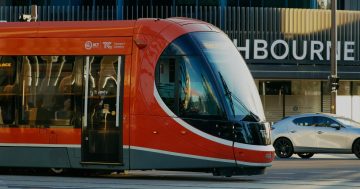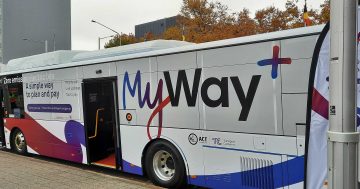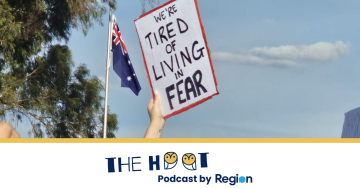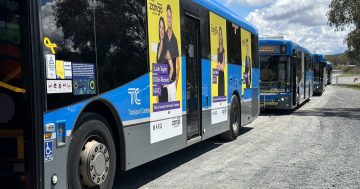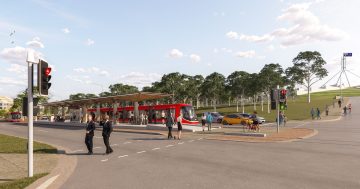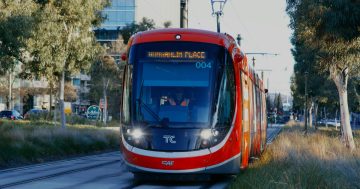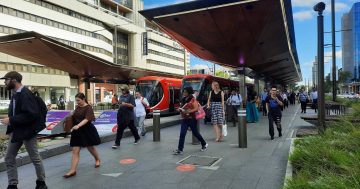
Canberra’s MLAs are not exactly famous for lively repartee, but last week duty called for Liberal MLA Giulia Jones. She gave it a good hard crack, flexing her silver tongue and delivering an unbridled bombardment to the Greens.
“Mums and dads trying to get their kids to school and earn the double income needed to survive these days should not have to pay the price for this minister’s mung bean, soy latte vision of a utopian society where inner city yuppies can catch a tram to work.
“That is [the Greens’] view and it punishes those working the hardest to produce another generation of ratepayers and it is a disgrace. The idea of mode shift is anti mum and anti family, and it is arrogant.
“We know better than you what is good for you. The Greens minister is out of touch and dictatorial,” she said.
Whether it’s light rail or cyclists versus motorists, it seems that not a day passes in our quiet capital without some sort of public vitriol being expressed in the media.
Cyclists disobeying road rules or riding in the middle of the road, motorists overtaking dangerously, and the great light rail debate have all collided into a tinderbox of tension and political opportunism.
For others, the public discourse is more aesthetical in nature. For instance, I’ve never understood the shaved legs and spandex, but I’d never impose my ignorance on others – go for your life!
Canberra deserves a more sophisticated debate on public transport and whether we support light rail or not, a cross-party approach that pursued the best outcome for the future surely would have been fairer and more reasonable for the people of Canberra.
But instead, the battle lines have been drawn and we are beholden to a project that may be legitimately perceived as political pandering to a certain constituency.
Yes, Gungahlin is growing at a rapid rate, but perhaps partly because Tuggeranong has been so neglected. If you live in Tuggeranong and work in Civic, the morning traffic is far more arduous than from Gungahlin to Civic.
A massive influx of parking fees and fines coupled with a shortage of parking spaces; an unrestricted increase in speed cameras; an inadequate bus service; the introduction of 30 km/h speed zones; and un-enforceable mandatory distances for cars overtaking cyclists are but some of the punitive measures against Canberra drivers.
For some, it is a simple argument: people should be discouraged from driving, and people who instead use public transport and bicycles are morally superior to those who don’t.
I support a sophisticated, multifaceted, environmentally friendly, and efficient transport policy for the future, and will have more to add to this debate in the coming months.
What I don’t support is governments attempting to change people’s behaviour through arrogant assumptions and punitive measures instead of intelligent debate and incentives.
Giulia, let me know if you’d like a new speech writer; I’d be more than happy to help.













